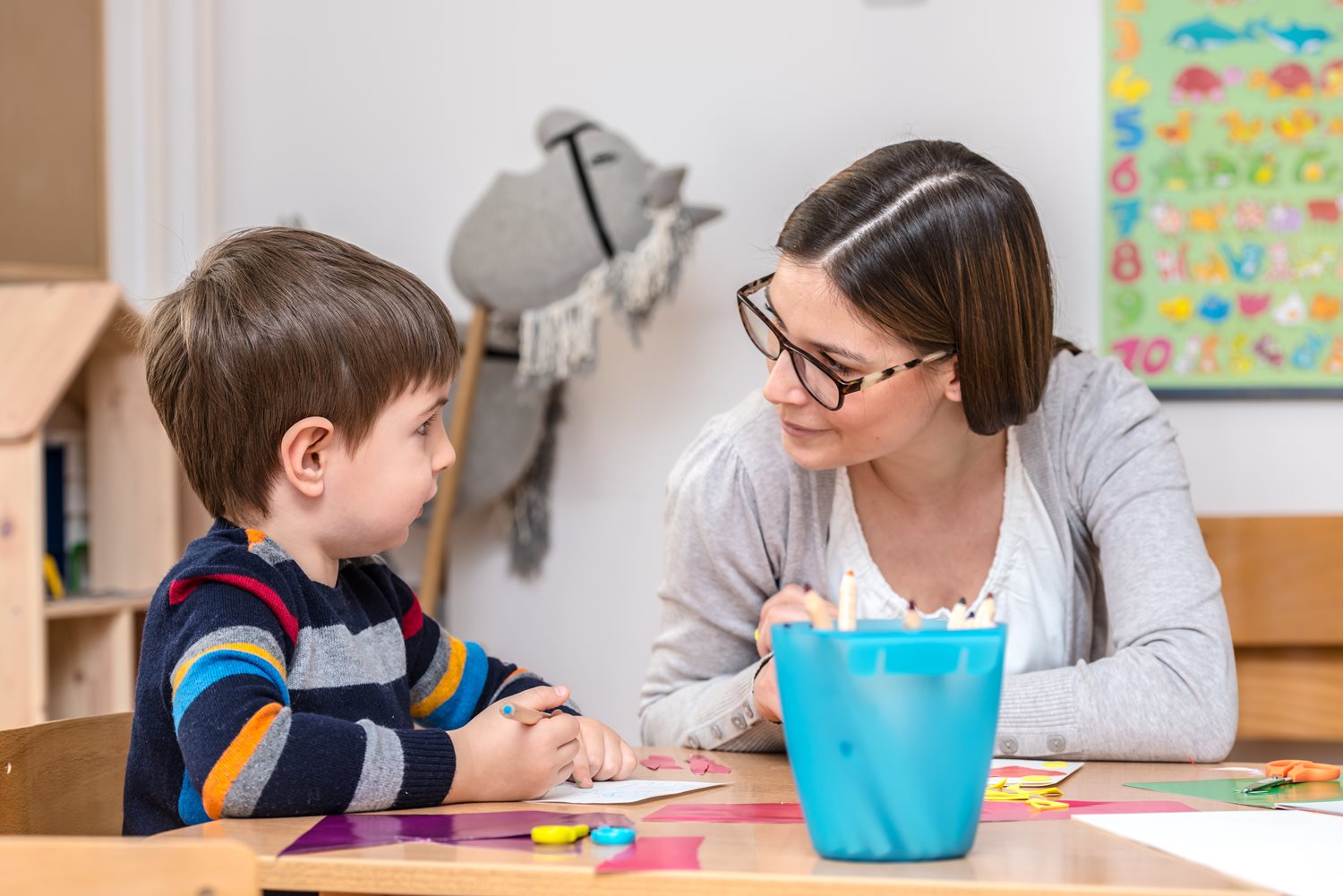Four Things You Might Not Know About Language Learning Difficulties in Childhood

Some young children are late to start talking but seem to catch up to other children their age. Other children, however, continue to struggle with language learning, and this difficulty can continue beyond early childhood and affect their reading, writing, and math skills later on [1].
When a child’s difficulties with language cannot be explained by something else (such as a syndrome or physical difficulty) and continue into the school-aged years, this is known as Developmental Language Disorder (DLD).
Here are some things you may not know about Developmental Language Disorder:
1. There have been many names used to describe Developmental Language Disorder
Over the years, researchers and professionals have used many terms to describe childhood language difficulties, including:
- Specific language impairment
- Language disorder
- Language delay
- Language impairment
- Language learning impairment
It was confusing to have so many names to describe the same thing, as it suggested that these were different types of difficulties. A few years ago, experts agreed to use one term to describe language learning difficulties that continued beyond early childhood, and since then the term Developmental Language Disorder has been used [2].
2. Children with DLD may or may not have difficulties with pronunciation
Developmental Language Disorder involves problems with language, such as using a wide variety of words, using correct grammar, understanding instructions, or telling stories. This is not the same as a delay in speech skills, which involves difficulties with pronouncing words. Some children with Developmental Language Disorder have difficulties with both speech and language, but problems with speech are not a necessary part of Developmental Language Disorder.
3. Problems with language development are more common than you might think
It is estimated that roughly 7% of children have Developmental Language Disorder. This means that in a classroom of 30 children, it’s possible that two children will have DLD [3]. Developmental Language Disorder is almost 7 times more common than autism spectrum disorder and 46 times more common than childhood hearing impairment [1].
Even though Developmental Language Disorder is not uncommon, many children’s difficulties are not identified, and they do not receive the help they need. One study looked at 245 children and found that 85 of them had Developmental Language Disorder. Of these 85 children, only half of them had ever been referred for help with their language skills [4].
4. The earlier children get the help they need, the better their outcomes
There are many things we can do to help children with Developmental Language Disorder. It’s important for parents to get help for their child as early as possible. Speech-language pathologists work with the child’s parents and teachers to develop a plan for how to help the child develop improved language skills. Parents’ involvement in the intervention is key to helping their child and the earlier children receive help, the better chance they have to learn the skills they need to be successful at school [5].
If you are concerned about a child’s language development, the best thing to do is contact a doctor who can refer you to a speech-language pathologist or contact a speech-language pathologist directly.
For more information about Developmental Language Disorder, please see the following two websites, which have been created by experts in the field to raise public awareness about DLD:
For practical strategies to support language learning during everyday activities and conversations, take a look at our guidebook, It Takes Two to Talk® – A Practical Guide for Parents of Children with Language Delays.
Similar articles by tag:
